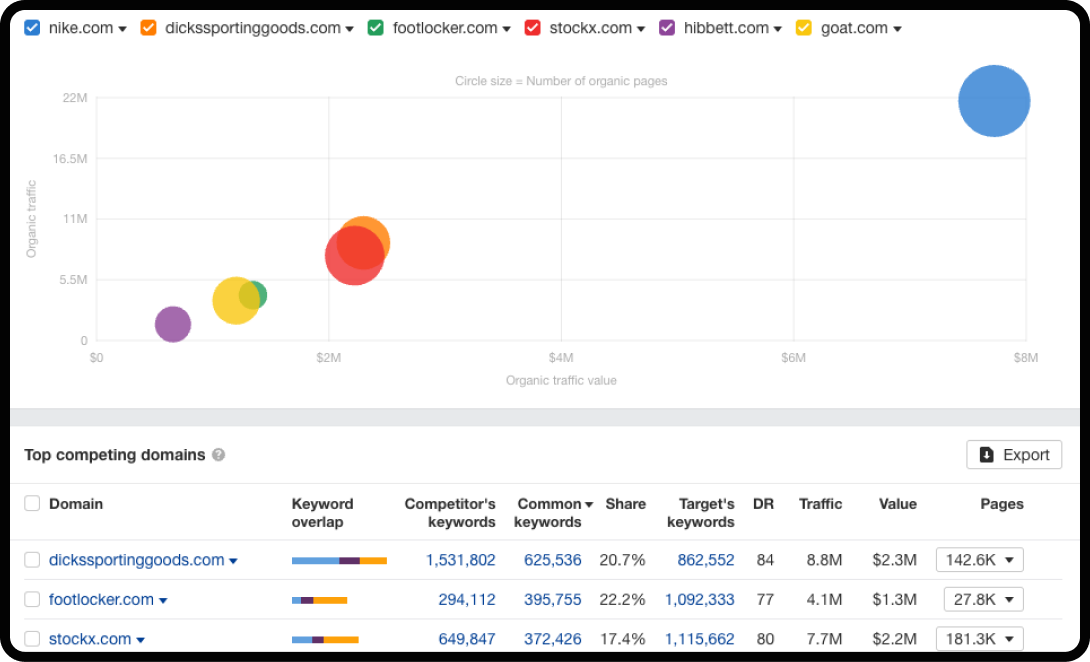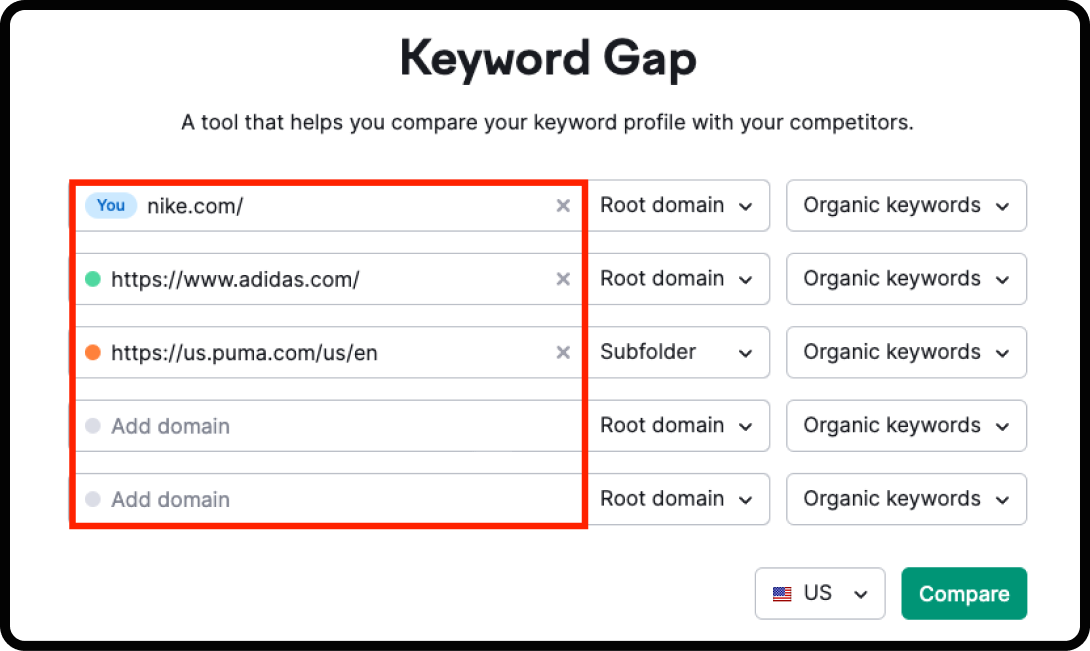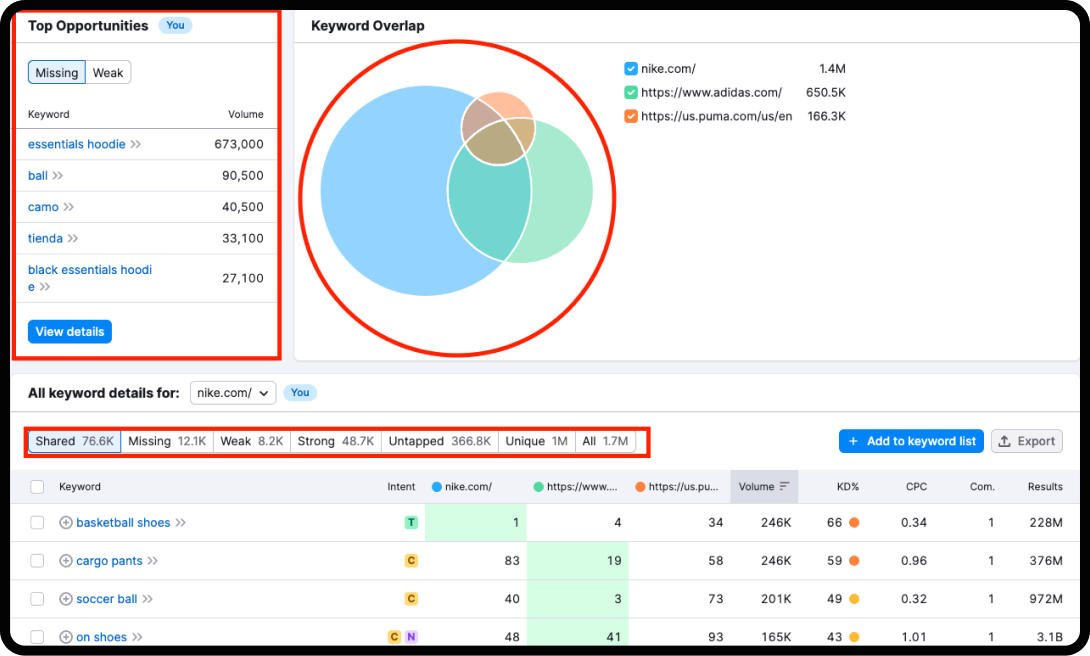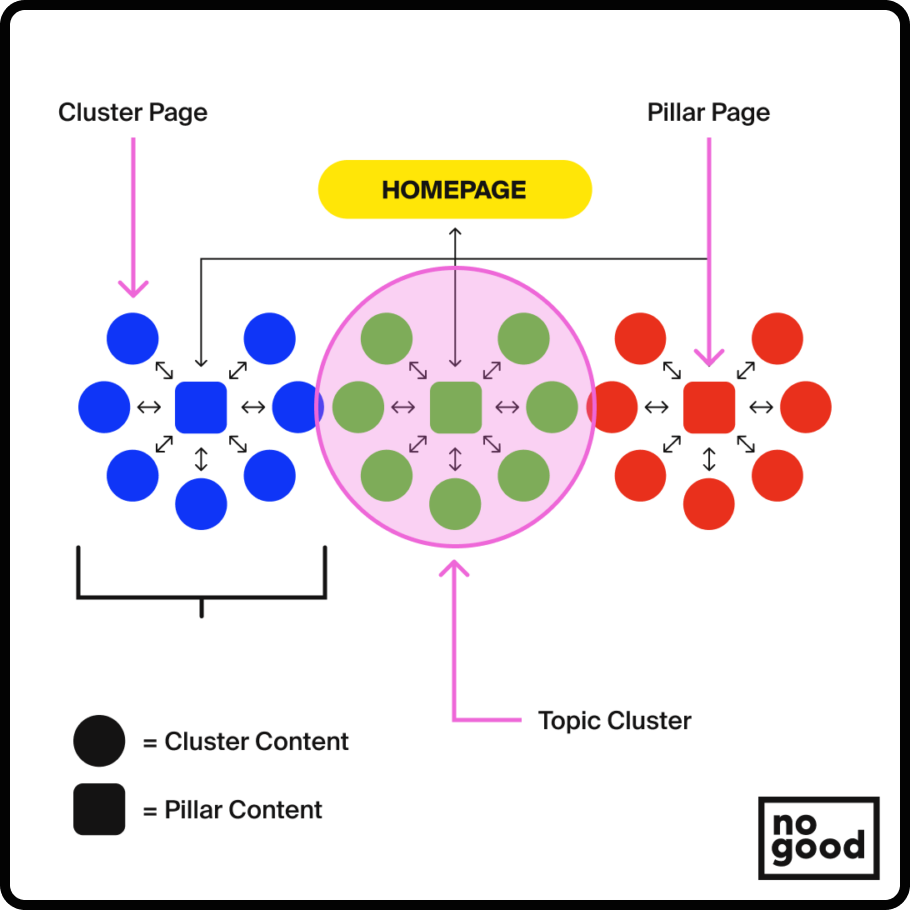Is it me or has organic competition gotten really steep over the last year? The amount of changes we’ve seen on the SEO side over the last 12 months feels like Google is throwing out their old playbook and starting up a new life in the wild west. Just in the last few months we’ve battled algorithm updates, release of AI search summaries, and another ranking factor data leak.
With AI search summary and rich results taking up more search real estate than ever before, SEOs and content marketers are experiencing ranking fluctuations, traffic drops, and decreased CTRs. While it may feel like the walls are slowly closing in on your valuable search traffic, there is still hope!
SEOs need to have the skills of pivot-ability and experimentation. Search is different and calls for a different approach. It’s time to take a step back, zoom out, and understand the organic landscape you’re attempting to break through so you can devise a clear plan of action.
How To Understand Your Current Organic Search Competition
Search market share has never been as valuable as it is now. Climbing to the top of search results and claiming the coveted number one rank isn’t as straightforward as just writing and aligning your content. You need to know who you’re up against so you know what avenues are going to be most beneficial.
The only way to understand the potential paths forward is to paint the picture of your competition so you can understand where there’s overlap and where the opportunities lie. Use this step-by-step process to understand your current market share gap:
1. Identify Your Competitors
If you’ve taken the proper steps to align your content to your ideal customer, you likely have a buyer persona and documentation outlining a list of your direct competitors. If you haven’t already done this, have no fear! There’s an easy way to identify your organic competitors using the Ahrefs Site Explorer Tool.
- Navigate to the Site Explorer Tool & Enter Your Domain

- On the left-hand side of the screen, click “Organic Competitors

- Use the graph to identify the competitors that closely resemble your business from the list.

2. Identify The Gaps
Now that you have your competitor list, it’s time to analyze where your competitors are winning and where you need to double down. The best way to visualize your organic landscape is to use the SEMRush Content Gap Analysis Tool.
- Navigate to the Content Gap Tool and enter our list of competitors

- The next screen will display a visual of total organic visibility (# of ranking keywords) and competitor overlap.

Using the view above, you can quickly toggle between missing, shared, weak, strong, and untapped keywords that you and your competitors have overlap for. Use these tabs to build a spreadsheet of different opportunities.
- Identify the missing keywords from your strategy that your competitors are already taking advantage of.
- Look at shared keywords and understand where you rank when there is brand overlap, which rankings do you need to protect (strong keywords) and which rankings do you need to improve/optimize (weak keywords).
What’s Changed for Organic Results & Why it’s More Competitive
Gone are the days of writing content and ranking with ease. People have caught on to the power of content marketing and with rising cost for paid placements, more companies are leaning into SEO more than ever, making things incredibly competitive.
Not only are more businesses finding value in SEO, but Google has also made some changes of their own, making the game more complex. But why now? Unless you have been living under a rock for the last year, AI has made pretty big waves in all industries. Google is ‘keeping up’ with the AI advancements we’re seeing in businesses like Open AI, Microsoft, Meta, and more. But what has changed, why is search more competitive?
1. Evolving Search Engine Algorithms
Search engine algorithms, particularly Google’s, are constantly evolving to prioritize user experience and deliver the most relevant and helpful results. So far this year, Google has released three major updates that we know of, changing the SEO game forever.
- March 5th, 2024
- Google released the March 2024 Core update that addresses low-quality (AI-generated) content and outlines new policies to combat these practices and spam content.
- May 6th, 2024
- Google makes updates to its site reputation metrics and hands out manual actions to sites infringing on their new policies. This update also targeted AI/spam content.
- May 14th, 2024
- Perhaps the most important update of all, the AI overviews. Google announced at their IO conference that AI search summaries would be rolled out to users in the US and eventually worldwide. ‘
The above algorithm changes aren’t to be taken lightly. I will say it until I’m blue in the face, human, natural language, well-researched content will always win. While Google is making changes everyday, their message has been clear from the start, write for the user, not for the search engine.
2. Rise of AI Search Summaries and Rich Results
Search engines are increasingly leveraging AI to understand user intent and surface information in new ways. Featured snippets, knowledge panels, and video carousels are just some examples of rich results that can occupy prime real estate on search engine results pages (SERPs), pushing down traditional organic listings.
The image above shows the potential impact to search results with the addition of AI summaries. AI search is taking up the majority if not all of the space above the folder. Users are first met with a few ad options, then SGE, then finally organic results.
With AI summaries taking up ~15% of SERP real estate, SEOs are going to have to look for new ways to generate traffic. AI search summaries are predicted to reduce organic traffic by 25%. Making your way to the top, has never been more important and competitive all at the same time.
How To Optimize Your Results & Break Through The Noise
Let’s get to the point: if things are much more complicated when it comes to ranking and subsequent traffic results, what is an SEO to do? We as marketers have to become scientists and experiment with new ways of generating organic visibility. This could mean content diversification, intentional site structuring, reputation management, or SEO fairy dust.
Too often we get trapped in a space where we’re trying to be everywhere at once and optimize everything when maybe the solution is to be targeted and experimental. Here are some specific ideas for getting an organic visibility boost.
1. Content Clusters and Topic Authority
We need to think about communicating expertise and authority over one-off content ideas that are clearly used for a business purpose. Creating pillar pages and content clusters is still a very powerful tool for content marketers to utilize when trying to get a foothold in a section of search.

By creating a series of bi-directional links to content pieces, you can create a positive user experience for those looking to understand a large topic. The clear structure will communicate cohesiveness and authority to search engines. The subsequent positive user behavior on these pages should assist in ranking. The goal is to cover a topic holistically and link to pages that fulfill follow up searches. With users spending more time on your site and exploring additional pages, engagement metrics should go through the roof.
2. Content Gaps and Differentiation
We talked about this at the top of this blog post, but this remains a key lever to pull when trying to take over some of the competitive market share. There may be clear gaps in your content plan that you haven’t thought about until seeing it visualized. This is why taking a step back and zooming out to the larger picture is always a great place to start. Strip away everything you think you know about the site and why people come to it and see where your competitors are putting their focus and where they’re winning.
- Optimize keywords that overlap with your competition to protect where you outrank and improve where you don’t.
- Identify missing keywords from your strategy that other sites are leaning into so you can combat traffic siphoning.
3. Intentional Content Creation
The same content plan isn’t going to work forever so it might be time to be more intentional about the content you produce to test what will be most effective in the age of AI search and changing SERPs. Spend time analyzing each and every SERP so that you can verify user intent, holistic content alignment, and ROI.
Revisit your personas and write to solve pain points and answer key questions at each stage of the buyer’s journey. Get back to the roots of why you produce content in the first place to help users accomplish a goal.
4. Interactive Content and Diversification
Speaking of content, break out of the norm. Maybe a blog post isn’t the right format to inform your users. Creating interactive content like quizzes, polls, or calculators can have a big impact on user engagement metrics.
Diversify your content so you aren’t reliant on one channel over the other. This can help mitigate the business risk of generating leads so you can start to build up a funnel in more than one area.
5. Content Refresh and Repurposing
There is opportunity everywhere, and most of it lies in your legacy content. While net new content is the best way to open up new avenues for traffic to trickle in, optimizing content is usually the quickest path to seeing improvement.
Do you have a content optimization schedule? Having a system for identifying your key pages, last optimization date, and metric fluctuation will help you identify and understand how search ranking changes or fluctuations can impact your traffic and lead volume numbers.
- Identify high-volume keywords that rank between 2-5 and optimize these first.
- Optimize any pages for keyword rankings between 5-10 next.
- Identify any rankings off the first page and pick a handful to optimize that present the best opportunity for traffic growth and competitor market share.
- Continue to optimize for instances of featured snippets and rich results as these are often used in AI search summary results.
Don’t Fight The Organic Search Battle Alone
At NoGood, we’ve been around the block a time or two when it comes to shifts in algorithms or ranking factors. If you’re struggling to find opportunities or ways to turn around a decline in organic traffic, we might be a good fit. Our SEO experts are well-trained and obsessed with what changes will impact the future of search.
Stop looking and start winning by partnering with NoGood to achieve your goals and grow your bottom line. If you’re sitting on the SEO sidelines, the longer you wait, the harder it is to break through.




